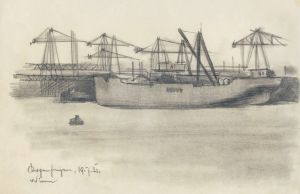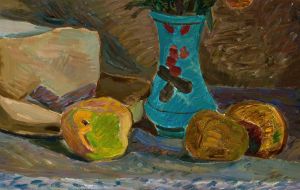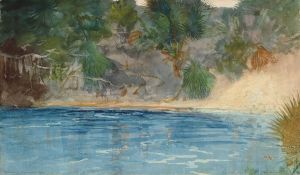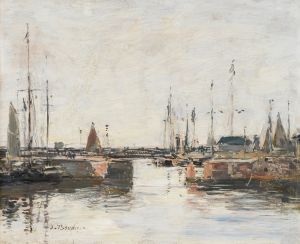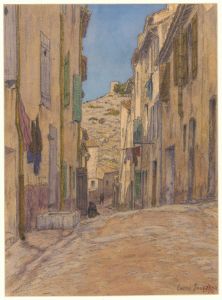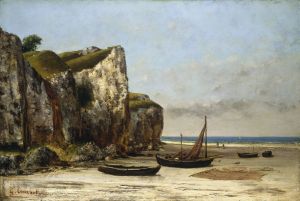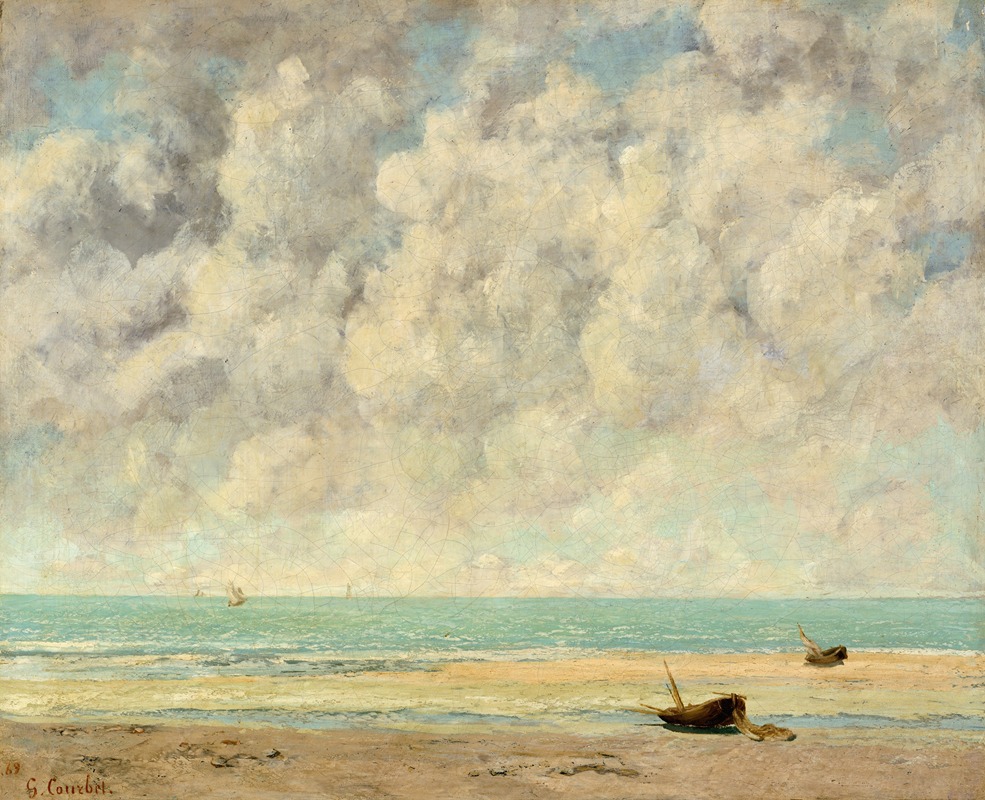
The Calm Sea
A hand-painted replica of Gustave Courbet’s masterpiece The Calm Sea, meticulously crafted by professional artists to capture the true essence of the original. Each piece is created with museum-quality canvas and rare mineral pigments, carefully painted by experienced artists with delicate brushstrokes and rich, layered colors to perfectly recreate the texture of the original artwork. Unlike machine-printed reproductions, this hand-painted version brings the painting to life, infused with the artist’s emotions and skill in every stroke. Whether for personal collection or home decoration, it instantly elevates the artistic atmosphere of any space.
Gustave Courbet, a prominent figure in the 19th-century French art scene, is renowned for his role in the Realism movement. One of his works, "The Calm Sea," exemplifies his dedication to depicting the natural world with authenticity and precision. Although not as widely discussed as some of his other masterpieces, "The Calm Sea" reflects Courbet's keen observation of nature and his ability to capture its serene beauty.
Gustave Courbet was born on June 10, 1819, in Ornans, France. He emerged as a pivotal artist who challenged the conventions of the art world during his time. Courbet's Realism was a reaction against the Romanticism that dominated the art scene in the early 19th century. He sought to portray subjects as they were, without idealization, focusing on everyday life and the natural environment.
"The Calm Sea" is a seascape painting that showcases Courbet's skill in capturing the tranquil and expansive nature of the sea. While specific details about the painting's creation, such as its exact date, are not extensively documented, it is consistent with Courbet's broader body of work from the 1860s and 1870s, a period when he frequently explored marine themes. During this time, Courbet produced a series of seascapes that highlighted his fascination with the sea's varying moods and its interaction with light and atmosphere.
In "The Calm Sea," Courbet employs a palette that emphasizes the subtle gradations of color in the sky and water, creating a harmonious and peaceful composition. The painting likely reflects Courbet's interest in the natural world and his ability to convey its essence through careful observation and technique. His approach to painting the sea was innovative for its time, as he often painted en plein air, or outdoors, to capture the immediate effects of light and weather on the landscape.
Courbet's seascapes, including "The Calm Sea," are noted for their lack of human presence, focusing instead on the raw beauty of nature. This choice underscores his commitment to Realism, as he sought to depict the world without embellishment or narrative. The absence of human figures allows viewers to immerse themselves fully in the scene, experiencing the calm and contemplative atmosphere that Courbet so masterfully conveys.
Throughout his career, Courbet faced both acclaim and controversy. His dedication to Realism and his refusal to conform to traditional artistic norms often put him at odds with the art establishment. Despite this, his work had a profound influence on subsequent generations of artists, paving the way for movements such as Impressionism.
"The Calm Sea," like many of Courbet's works, is housed in various collections around the world, contributing to his enduring legacy as a master of Realism. His ability to capture the essence of nature with honesty and precision continues to resonate with audiences today, reflecting the timeless appeal of his art.
In summary, "The Calm Sea" by Gustave Courbet is a testament to the artist's skill in depicting the natural world with authenticity and sensitivity. Through his innovative techniques and commitment to Realism, Courbet created a work that invites viewers to appreciate the serene beauty of the sea, free from the distractions of human presence.






